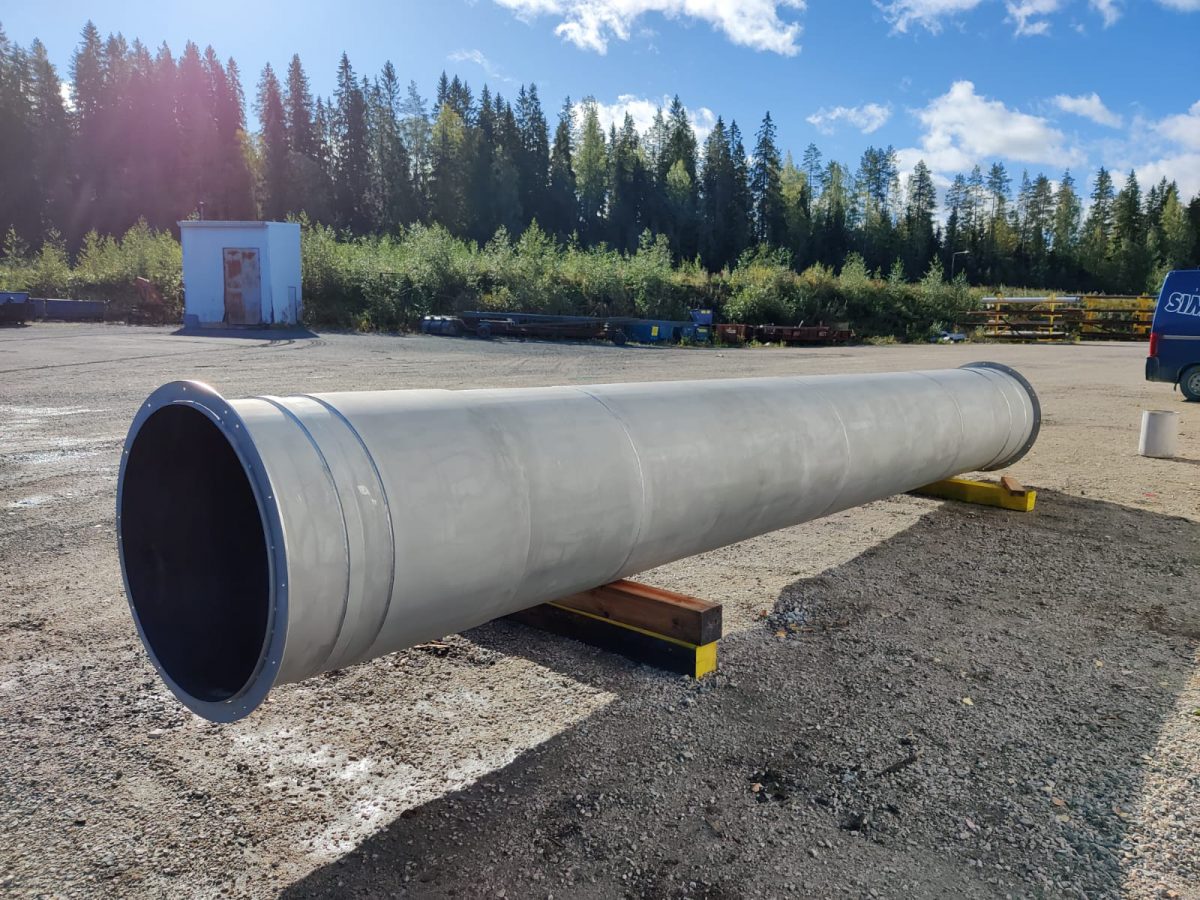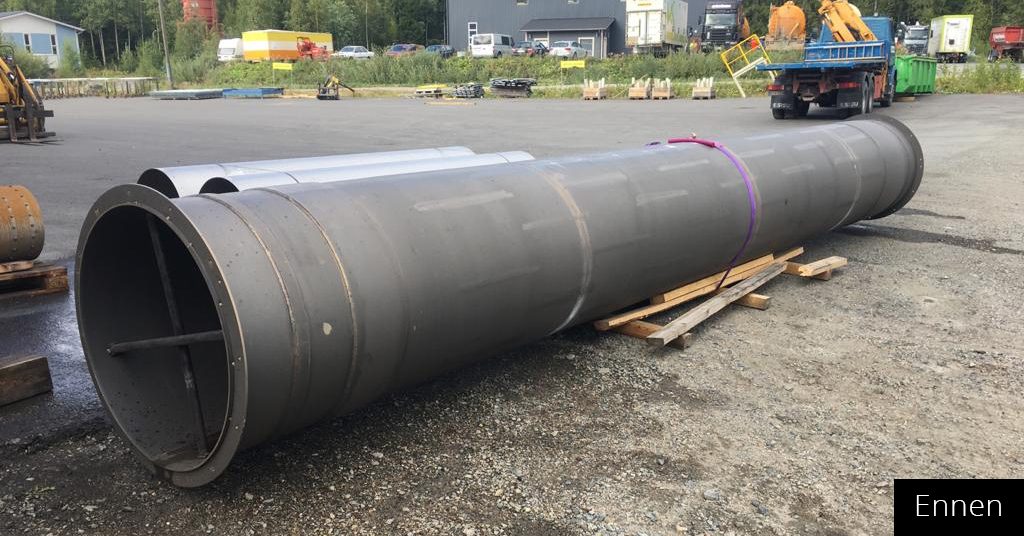
Pickling improves the properties of stainless steel and aluminium
Pickling is a surface treatment method for stainless steel and aluminium. It aims to restore a material’s appearance and corrosion-resistant properties after processing, such as welding, iron contamination, thermal cutting, heat treatment, or hot straightening.
In the aforementioned cases, the heated area in the material reacts with oxygen in the air, which results in a dark and porous layer of chromium oxide on the surface. Underneath that is a layer that is lacking in chromium. This layer’s appearance and corrosion resistance are poorer than they would otherwise be in the material.
“Pickling aims at removing impurities from the surface of the material so that the correct type of oxide layer, which protects against rusting, can form,” explains production manager Aki Karvonen from Simetek.
In special cases, pickling can be used on unalloyed or low-alloy steels in addition to stainless steels and aluminium, for example, at steel factories or when cleaning steam boilers after installation and before commissioning.
Different pickling methods are used for different purposes.
At Simetek, pickling is typically used in products manufactured from stainless steels or aluminium, where the environmental conditions mean that the metal is susceptible to corrosion. Consideration must be given to the size of the object, whether it is suitable for pickling, and what pickling method should be used.
“Different pickling methods include paste, spray, and immersion pickling. We use paste and spray pickling. Immersion pickling is carried out in collaboration with our partners,” says Karvonen.
In paste pickling, the pickling paste is applied to the surface of the product using a brush. It is usually used to treat welds. It is excellent for the occasional pickling of small, individual components, and is affordable, as the method does not require any large investments.
Spray pickling is mainly carried out on objects that cannot reasonably be immersion pickled due to their size. The method is also used to pickle containers that are assembled from components at the work site. Spray pickling is also a good option if you only need to pickle objects very occasionally and no immersion bath is available.
In immersion pickling, the object is immersed in a pickling solution. Attention must be paid to ensure that the object fits in the intended pickling bath.
Passivation increases corrosion resistance
After pickling, the treated product may be passivated with a passivation substance that accelerates and improves the formation of the correct kind of oxide layer. Passivation is especially useful if a product is used in very demanding and corrosive conditions, or if the material used is a highly alloyed stainless steel.
Passivation occurs on a product over time in any case, as the material reacts with the air, but it is rather a slow process. It is a good idea to passivate a product if you need to use it immediately after pickling.
“Pickling is used to remove an unwanted layer of chromium oxide from the surface of stainless steel or aluminium. Passivation, on the other hand, aims to form a different kind of oxide layer that protects the surface more deeply,” explains Karvonen.
Pickling requires good protection
Pickling solutions typically contain phosphoric, nitric, or hydrofluoric acid, or a mix thereof. Pickling requires the right kind of workspace in order for the pickling acids to be stored and handled appropriately. Good personal protective gear must also be worn to prevent the pickling solution from coming into contact with the skin. Pickling requires a rubber suit, boots, gloves, and a face protector.
There is no professional qualification for pickling, and it must be learnt through practical work. Occupational safety is the most important issue. The pickler must also know the correct technique and be able to follow and interpret the pickling instructions given.
A successful result requires that things are considered early on in the design phase, that the product is carefully manufactured, and that pickling is carried out correctly. The pickler must also be able to choose the correct pickling method and the correct pickling solutions based on the instructions given.
“If you can get all of these pieces of the puzzle to fall into place, the result will be a success. If one of them fails, you will be able to see it in the finished product,” Karvonen says.
Simetek can take good care of its functional production chain because its design department, machine shop, and post-treatment department all operate under the same roof.







